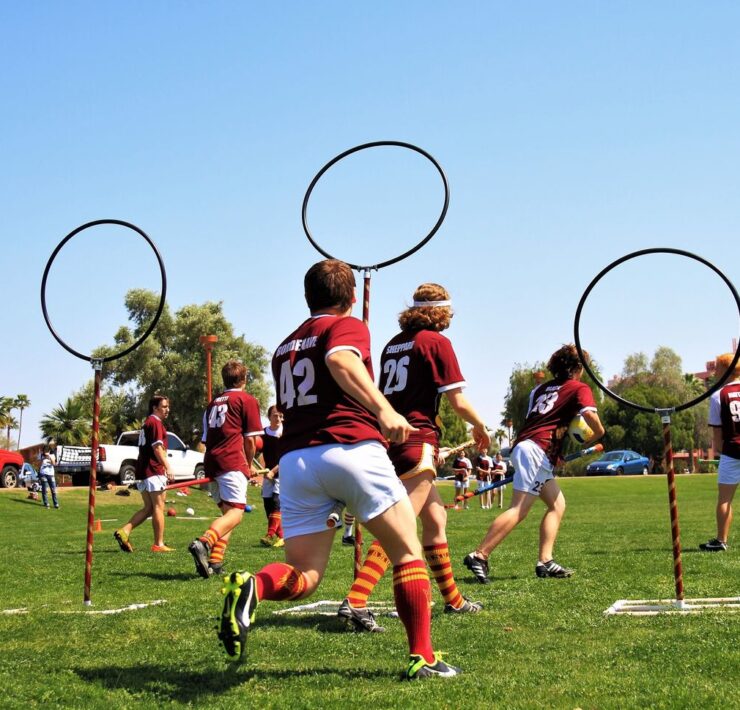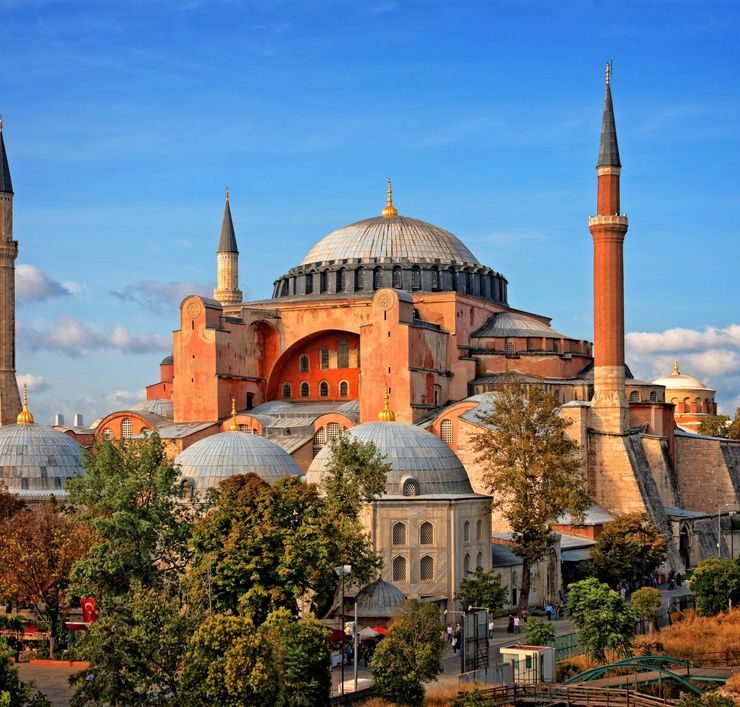A necropolis is a large above-ground burial site with elaborate, ancient tombs. The word comes from the Greek word nekropolis, which literally translates to “city of the dead.” This is because they are generally located outside of city limits, whereas regular grave sites are located within cities.
Outside the Russian village of Dargavs lies a mystical necropolis of the same name dating back to anywhere from the 12th to the 16th century. Appropriately, the necropolis is nicknamed “City of the Dead.” Very little tourists or local Russians visit this burial site because one must travel long, narrow, winding mountain roads to get there, oftentimes through the fog.
Dargavs was placed in such a hard-to-reach location because the land was so expensive that they had to put their cemetery on an otherwise relatively useless piece of land. The setting is spooky enough without the local legend that says that the place is cursed, and anyone who walks into the necropolis will never come out alive, which contributes to the lack of visitors. It is possible that they think this way because the plague in the 1800s wiped out 90 percent of the surrounding population. The scenery would actually be quite beautiful if it weren’t for the connotations of death, disease, and curses.
The crypts in Dargavs were built in ancient Nakh style, characteristic of the people who lived in the region. This type of architecture consists of towers built for housing, military, or combined purposes. The origins of Nakh architecture date back as far as the 2nd and 1st millennia BC. The crypts in Dargavs are towers varying in size with ridged, curved roofs ending in a point at the top. The stone and mortar walls are flat on the front and back, giving the bottom portion of the tower a cube shape. The 99 little tombs and crypts in Dargavs rise up the hillside in a very organized manner. On the top of the hill above all the little towers is a tall watchtower placed there to watch over resting souls, although the top of the watchtower has been destroyed.
The local villagers in Dargavs would bury their deceased loved ones in boat-like structures, believing that the next journey after death is to cross a wide river, which is interesting considering there are no navigable rivers in the area. Perhaps they expect it to be difficult to navigate the river to the afterlife. Archaeologists, who seem to be the only willing visitors to the City of the Dead, even found an oar accompanying the boat in one of the tombs. There are both family crypts and common crypts where people would be buried if they had no family or were from outside the village. There are wells positioned in front of each tomb, into which family members would throw coins in the hopes that if the coin hit stone, the dead family member would make it to heaven.
The necropolis, located on a hillside outside the village, looks like a small village itself. The tombs have tiny rectangular window-like holes on their walls where the corpses are put in, making the tombs look like little houses. No wonder they call it “City of the Dead.” It’s as if they simply moved into a settlement of little huts on the hillside to carry out a quiet, peaceful afterlife, undisturbed in a remote location, free to mingle with their fellow deceased villagers or merely rest in their little dwellings. It is quite appropriate, then, that many people buried their dead family members with a few of their belongings. With their own little “houses,” beautiful scenery, and even some personal belongings, they truly have everything they need for a simple afterlife.
When On Earth Magazine is for people who love travel. We provide informative travel guides, tips, ideas and advice regarding places to see, things to do, what to taste, and much more for world travelers seeking their next dream vacation destination.





